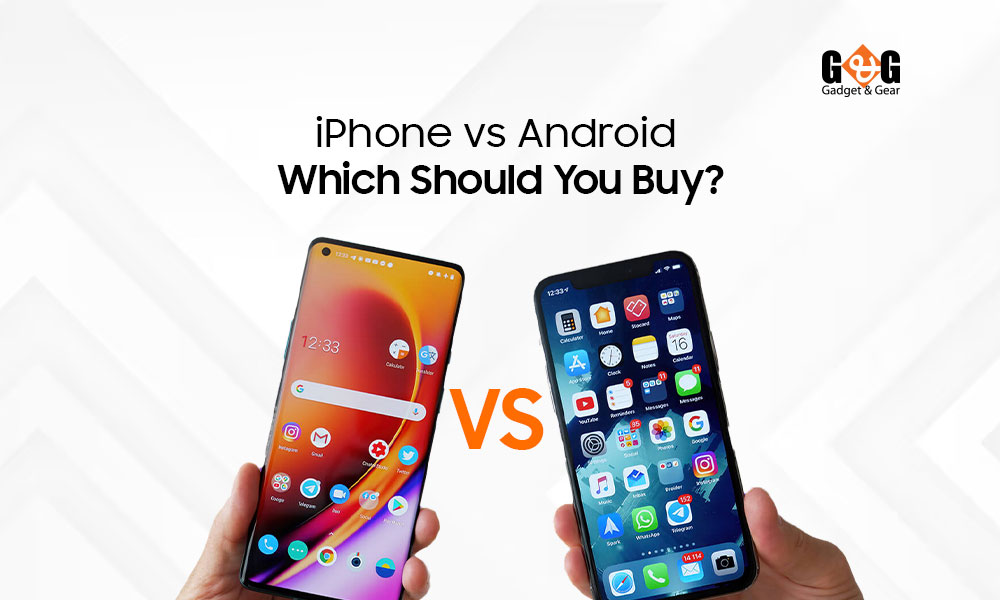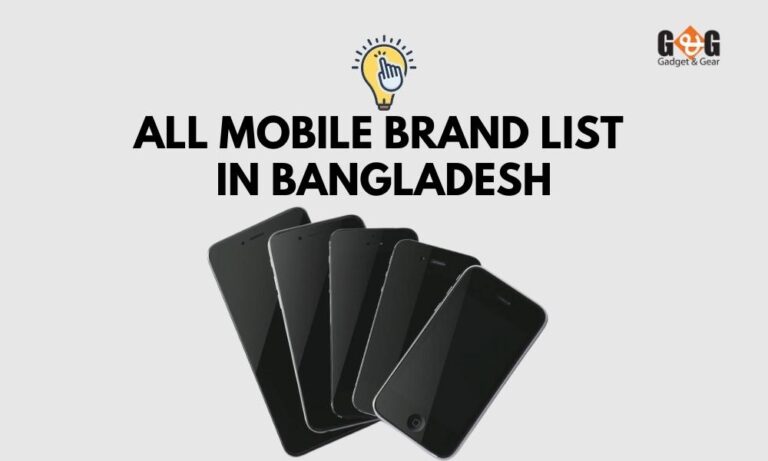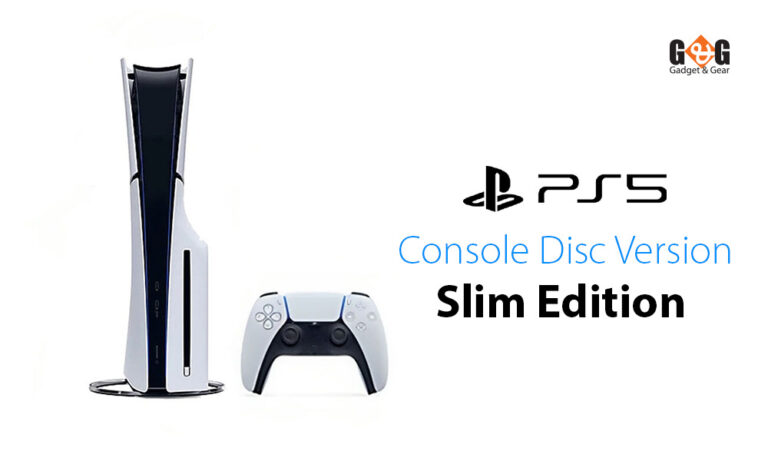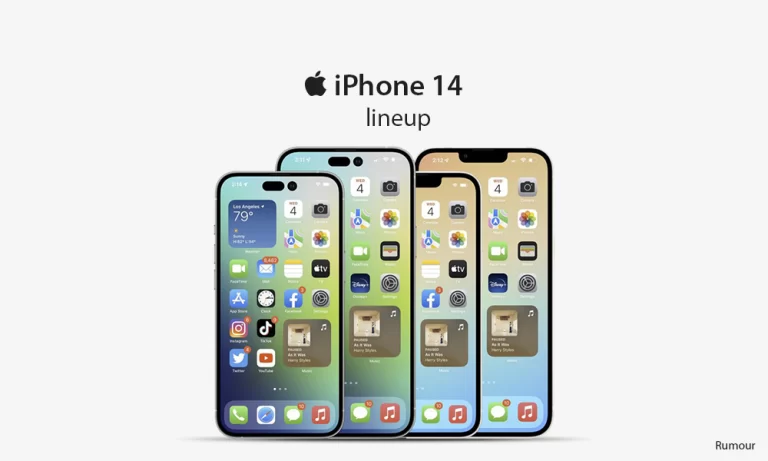Breaking Down the Pros and Cons: iPhone vs. Android
Are you looking to buy a new smartphone but not sure whether to go for an iPhone or an Android device? Don’t worry, we’ve got you covered! In this blog, we’ll help you make the right decision by comparing the two most popular options, iPhones and Androids.
You see, both iPhone and Android are big players in the smartphone world, and each has its strengths. Picking the right one depends on your individual needs and preferences. So, let’s dive in and explore the differences between these two giants, so you can find the perfect fit for you!

Hardware and Design
The hardware and design of a smartphone are crucial factors to consider when making your decision. Apple’s iPhones are renowned for their high-quality build and elegant designs. They boast premium materials and meticulous attention to detail, making them feel luxurious in hand.
Android, being used by multiple manufacturers, offers a diverse range of designs and hardware options. This means you have the freedom to choose from various sizes, shapes, and build qualities that align with your preferences. Some Android flagship models come with unique features, such as foldable displays or stylus support, catering to specific user needs.
Comparison of Operating Systems
iOS is the operating system that powers iPhones, and it’s known for its smooth user experience. Apple takes pride in its focus on security and regular updates, which means you get the latest features and protection.
Additionally, if you already use other Apple devices such as Macbooks or iPads, the iPhone’s seamless integration with these devices can be a major advantage.
Conversely, Android is an open-source operating system that is used by many different smartphone manufacturers. This openness translates to greater customization options, allowing you to personalize your phone to your heart’s content.
Google services integration is one of the highlights of Android, making it convenient if you’re deeply connected to Google apps. However, Android’s downside is device fragmentation, which means not all devices receive updates as quickly as you might want.
App Ecosystem and Compatibility
The Apple App Store is known for its curated content, ensuring that apps meet strict quality and security guidelines. This curation results in a generally safe and reliable app environment. Moreover, many developers prioritize iOS app development, which means you’ll find a vast selection of high-quality and exclusive apps tailored for iPhones.
Additionally, Apple’s support for older devices ensures that you can still receive updates and access apps for a considerable time.
The Google Play Store boasts a massive collection of apps, making it the largest app store in terms of sheer numbers. This vast selection means you’ll find apps catering to almost any need or interest. Google’s more relaxed submission process allows a wider variety of apps, including ones that might not pass Apple’s strict guidelines.
While some apps may launch on iOS first, eventually, they become available on Android as well. However, due to the vast array of Android devices, app compatibility might vary, and some apps might not work optimally on all devices.
Camera Performance
In today’s smartphone-centric world, camera performance is a crucial consideration when choosing between an iPhone and an Android device. Apple has always been at the forefront of smartphone photography, and iPhones consistently deliver impressive camera performance.
With advanced image processing and optimization, iPhone cameras capture stunning photos and videos with excellent color accuracy and dynamic range. The integration of features like Night mode and Deep Fusion ensures better low-light performance and enhanced detail in various conditions.
Additionally, the user-friendly camera app and quick access to camera settings make it easy for users to capture memorable moments.
Android smartphones have made significant strides in camera technology in recent years, with many flagship devices offering exceptional photography capabilities. Similar to iPhones, top-tier Android phones now feature multi-lens setups, offering versatility in different shooting scenarios.
Android manufacturers also incorporate their unique camera enhancements, such as AI-driven scene detection and enhanced zoom capabilities. Moreover, some Android devices are known for their impressive low-light performance and the ability to capture high-resolution images.
Battery Life and Performance
Apple places a strong emphasis on optimizing battery life and performance in iPhones. With the integration of efficient hardware and software, iPhones often deliver a smooth user experience and decent battery life.
iOS is well-optimized to manage background processes, ensuring that apps do not drain the battery unnecessarily. Additionally, Apple’s A-series chips provide excellent performance and energy efficiency, resulting in faster app loading times and smooth multitasking.
Android devices, given their diversity of manufacturers and hardware configurations, show a wide range of battery life and performance outcomes. Some Android smartphones come with substantial battery capacities, allowing for extended usage on a single charge.
However, due to the varying optimizations by different manufacturers and the more open nature of Android, battery life and performance can sometimes be a mixed bag. Top-tier Android devices equipped with flagship processors tend to offer excellent performance, but lower-priced or older Android phones may struggle with intensive tasks.
Price Range and Affordability
The price range and affordability of smartphones can significantly influence your decision between an iPhone and an Android device. Apple’s iPhone lineup typically covers a range of price points, offering various models to cater to different budgets.
The most recent flagship iPhones are at the high end of the price range, but they come with cutting-edge features and performance.
However, Apple often continues to sell older iPhone models at more affordable prices, allowing users to access the iOS ecosystem without breaking the bank. Additionally, Apple offers trade-in programs and financing options, making it easier for users to upgrade to newer models.
Android smartphones offer a more extensive range of pricing options due to the diverse manufacturers and models available. You can find budget-friendly Android devices that provide essential features at an affordable cost.
On the other end, flagship Android phones from well-known manufacturers compete with high-end iPhones in terms of specifications and capabilities. The mid-range Android segment is particularly noteworthy, offering a compelling balance of performance and price.
Another aspect to consider is the long-term value of the device. iPhones tend to hold their resale value relatively well, making them a potentially more cost-effective choice in the long run. In contrast, some Android devices might depreciate faster due to the sheer volume of available models.
Privacy and Security
Apple has earned a solid reputation for putting user privacy and security first. With features like Face ID and Touch ID, biometric data remains securely stored on the device and isn’t accessible to third-party apps.
Apple also implements end-to-end encryption for messages, ensuring that only the intended recipients can read them. Moreover, the App Store’s rigorous review process helps to keep malicious apps at bay, reducing the risk of encountering harmful software.
Apple’s approach to data collection is centered around user consent and data transparency. The company emphasizes giving users control over their data, allowing them to choose which data they share with apps and services.
Android, being a more open platform, provides users with greater flexibility but also demands a higher level of responsibility when it comes to privacy and security. Google has made significant strides in recent years to bolster Android’s security framework. Android now offers regular security updates and features like Google Play Protect, which scans for potentially harmful apps.
However, due to the diversity of Android devices and manufacturers, security updates may take longer to reach some devices. Additionally, Android users have the option to install apps from sources other than the Google Play Store, which can expose them to potential security risks if they download apps from unverified sources.
Final Thoughts
Choosing between an iPhone and an Android device ultimately comes down to finding the best fit for your unique needs and preferences. Both platforms have their strengths and weaknesses, and understanding these distinctions is crucial to making an informed decision.
If you prioritize a seamless and user-friendly experience with consistent updates and a well-curated app store, an iPhone might be the ideal choice for you. Apple’s ecosystem integration and a strong focus on privacy and security make iPhones a popular option for users seeking simplicity and reliability.
On the other hand, Android devices offer a wide range of choices, catering to various budgets and providing greater customization options. If you enjoy tailoring your smartphone experience to your liking and want access to a diverse app ecosystem, an Android device could be more suitable.





